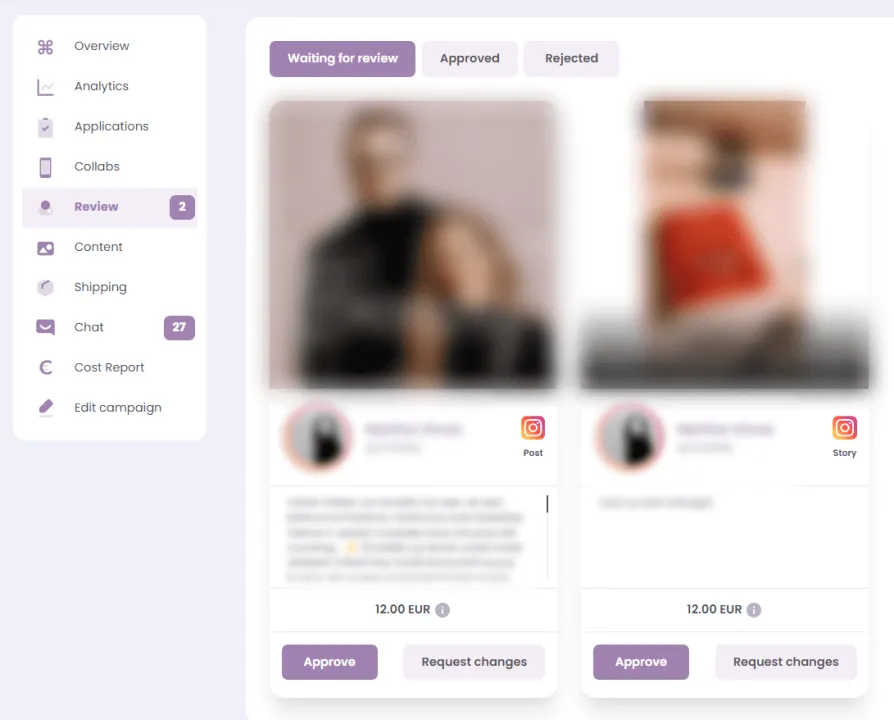
Navigating the Fine Line Between Healthy and Harmful Fat Intake on Keto
Introduction
The ketogenic diet has gained immense popularity in recent years as a powerful tool for weight loss and improved health. This high-fat, low-carb eating plan forces the body to burn fat for fuel, leading to rapid weight loss and numerous health benefits. However, one of the biggest challenges of following a ketogenic diet is navigating the fine line between healthy and harmful fat intake. While fat is a crucial component of a keto diet, consuming too much of the wrong kinds of fats can have negative consequences on your health. In this article, we will explore the importance of fat intake on a ketogenic diet, discuss the differences between healthy and harmful fats, and provide tips for balancing your fat intake on keto.
The Role of Fat in a ketogenic diet
Fat is the cornerstone of a ketogenic diet, making up about 70-80% of your daily caloric intake. When you restrict your carbohydrate intake on a keto diet, your body enters a state of ketosis, where it burns fat for fuel instead of glucose. This leads to rapid weight loss and numerous health benefits, including improved blood sugar control, increased energy levels, and reduced inflammation.
In addition to providing energy, fat is also essential for the absorption of fat-soluble vitamins (A, D, E, and K), the production of hormones, and the maintenance of healthy cell membranes. However, not all fats are created equal, and it’s crucial to choose the right types of fats to support your health on a ketogenic diet.
Healthy vs. Harmful Fats
The key to a successful ketogenic diet is choosing healthy fats while avoiding harmful fats. Healthy fats include monounsaturated fats, polyunsaturated fats, and saturated fats from natural sources like avocado, olive oil, nuts, seeds, coconut oil, and grass-fed butter. These fats are rich in essential fatty acids, antioxidants, and other nutrients that support heart health, brain function, and overall well-being.
On the other hand, harmful fats include trans fats and processed vegetable oils like soybean oil, canola oil, and corn oil. These fats are highly inflammatory, increase the risk of heart disease, and contribute to weight gain and other chronic health conditions. It’s important to read food labels carefully and avoid products that contain these harmful fats.
Tips for Balancing Your Fat Intake on Keto
To navigate the fine line between healthy and harmful fat intake on a ketogenic diet, consider the following tips:
1. Focus on whole, natural sources of fat: Choose foods that are rich in healthy fats, such as avocados, nuts, seeds, and fatty fish. Avoid processed foods that contain harmful fats and additives.
2. Cook with healthy fats: Use coconut oil, olive oil, avocado oil, and grass-fed butter for cooking and baking. These fats are stable at high temperatures and provide essential nutrients for your body.
3. Limit your intake of dairy: While dairy products like cheese and cream are allowed on a ketogenic diet, they can be high in saturated fat and may cause inflammation in some people. Choose organic, grass-fed dairy products in moderation.
4. Be mindful of portion sizes: While fat is an essential part of a ketogenic diet, it’s important to balance your fat intake with protein and non-starchy vegetables. Pay attention to portion sizes and listen to your body’s hunger cues.
5. Experiment with different fats: Don’t be afraid to try new sources of fat on a ketogenic diet, such as ghee, lard, tallow, and duck fat. These fats can add variety to your meals and provide unique health benefits.
Frequently Asked Questions
Q: Can I eat too much fat on a ketogenic diet?
A: While fat is a crucial component of a ketogenic diet, it’s possible to overconsume fat, leading to weight gain and other health issues. Pay attention to your body’s hunger cues and adjust your fat intake accordingly.
Q: What are the best sources of healthy fats on a ketogenic diet?
A: Some of the best sources of healthy fats on a ketogenic diet include avocado, olive oil, coconut oil, nuts, seeds, and fatty fish like salmon and mackerel.
Q: How can I tell if a fat is healthy or harmful?
A: Healthy fats are typically found in whole, natural foods like avocados, nuts, and seeds, while harmful fats are often found in processed foods like fried foods, baked goods, and packaged snacks. Read food labels carefully and choose products that contain healthy fats.
Q: Can I follow a ketogenic diet if I have a history of heart disease or high cholesterol?
A: While a ketogenic diet can be beneficial for many people with heart disease or high cholesterol, it’s important to work with a healthcare provider to monitor your progress and make any necessary adjustments to your diet.
Conclusion
Navigating the fine line between healthy and harmful fat intake on a ketogenic diet is essential for achieving your weight loss and health goals. By choosing the right types of fats and balancing your fat intake with protein and non-starchy vegetables, you can enjoy the benefits of a ketogenic diet while minimizing the risks of consuming too much of the wrong fats. Experiment with different sources of fat, listen to your body’s hunger cues, and prioritize whole, natural foods to support your health on keto. Remember that individual needs and preferences vary, so it’s important to find a fat intake that works best for you. With the right approach, you can enjoy the numerous benefits of a ketogenic diet while keeping your fat intake in check.

